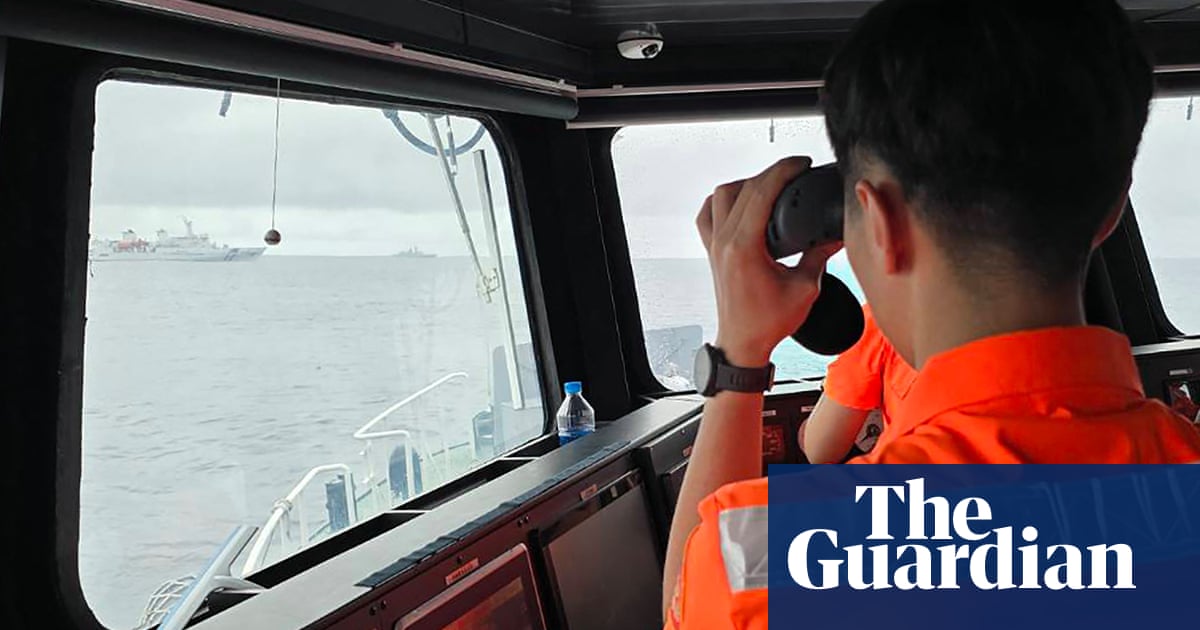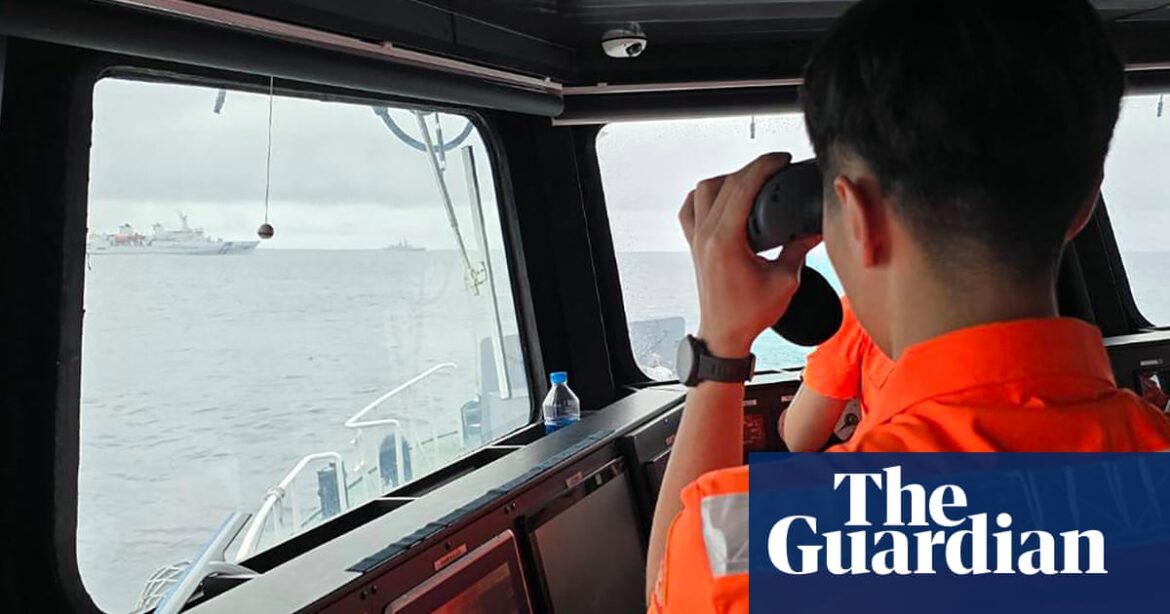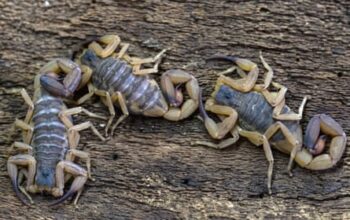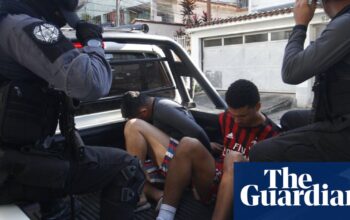
China has begun a second day of military drills targeting Taiwan, this time testing its military’s ability to “seize power”, in what it says is punishment for “separatist acts” after the inauguration of the island’s new president on Monday.
The exercises, which involve Chinese military units from the air force, rocket force, navy, army, and coast guard, were announced suddenly on Thursday morning, with maps showing five approximate target areas in the sea surrounding Taiwan’s main island. Other areas also targeted Taiwan’s offshore islands, which are close to the Chinese mainland.
China’s defence ministry said the drills on Friday were testing its military’s capability to “seize power” and occupy key areas, in line with Beijing’s ultimate goal of annexing Taiwan. Taiwan’s government and people reject the prospect of Chinese rule, but China’s ruler Xi Jinping has not ruled out the use of force to take the island. Western intelligence has claimed Xi has told the People’s Liberation Army to be capable of an invasion by 2027.
On Friday, China’s coast guard said it had run “enforcement drills” off Taiwan’s east coast. Citing a Taiwan security official, Reuters reported these drills included “mock inspections” of civilian boats. The same official said the PLA also conducted mock attacks on foreign vessels in the Bashi Channel, which runs between Taiwan and the Philippines, and that about 24 warplanes approached “close” to Taiwan, but none entered Taiwan’s contiguous zone extending 24 nautical miles offshore.
At least three Chinese coast guard vessels were also visible off Taiwan’s south-west, according to online ship trackers.
On Thursday afternoon the PLA said fighter jets carrying live missiles had successfully carried out “mock strikes” on Taiwanese military targets, but so far the drills are smaller in scale than those held in 2022 and 2023. Beijing did not declare any no-fly zones, and no live fire was used except in practice areas on the Chinese mainland, according to Taiwan’s military.
The ministry said China sent 19 warships around Taiwan’s perimeter, 16 marine police vessels and 49 warplanes, of which 35 crossed the median line, the de facto border between China and Taiwan.
In response, Taiwan scrambled jets, put its forces on alert, and moved anti-ship missile systems to coastal areas.
Propaganda produced by the PLA included mentions its Dongfeng family of ballistic missiles, but no suggestions that they would be used in the drills. An animation published by state media on Friday highlighted the cities of Taipei, Hualien, Taichung and Kaohsiung as targets.
From a military base in Taoyuan on Thursday, Taiwan’s new president Lai Ching-te said he had confidence in the military to protect Taiwan.
China’s official state news agency Xinhua said on Friday the drills were “legitimate, timely and entirely necessary, as ‘Taiwan independence’ acts in any form cannot be tolerated”.
On Thursday the ministry of foreign affairs spokesperson, Wang Wenbin, told a regular press conference: ““Taiwan independence forces will be left with their heads broken and blood flowing after colliding against the great … trend of China achieving complete unification”.
Lai was inaugurated as Taiwan’s president on Monday, after winning democratic elections in January. Lai and his predecessor, Tsai Ing-wen, are from the pro-sovereignty Democratic Progressive party (DPP), which Beijing considers separatist.
In his inauguration speech Lai affirmed Taiwan’s sovereignty, promised to defend it, and urged China to end hostilities. Any speech by a president belonging to the DPP, short of capitulating to Beijing’s position that Taiwan belongs to China, was likely to provoke an angry response.
A Xinhua editorial said his speech was a “serious provocation” and China’s countermeasures were “inevitable”.
“Lai has deliberately incited hatred toward the mainland and escalated confrontation and hostility across the Strait,” it said.
In an editorial, the official newspaper of China’s ruling Communist party, the People’s Daily, said it was a shared belief among Chinese people that the territory of the nation cannot be divided, the country cannot be thrown into chaos and its people cannot be separated.
A conflict over Taiwan would be catastrophic, and likely involve other countries in the region, and beyond. In response to the drills, representatives from Japan, the US, South Korea, and Australia called for calm. Australia’s foreign minister, Penny Wong, warned that “the risk of an accident, and potential escalation, is growing”.
The European Union said it has “a direct interest in the preservation of the status quo in the Taiwan Strait”, and opposed “any unilateral actions that change the status quo by force or coercion”.
A spokesperson for UN secretary general António Guterres said they were following developments in the Taiwan Strait, and urged “relevant parties to refrain from acts that could escalate tensions in the region”.
Source: theguardian.com



